1. Space-Age Chic
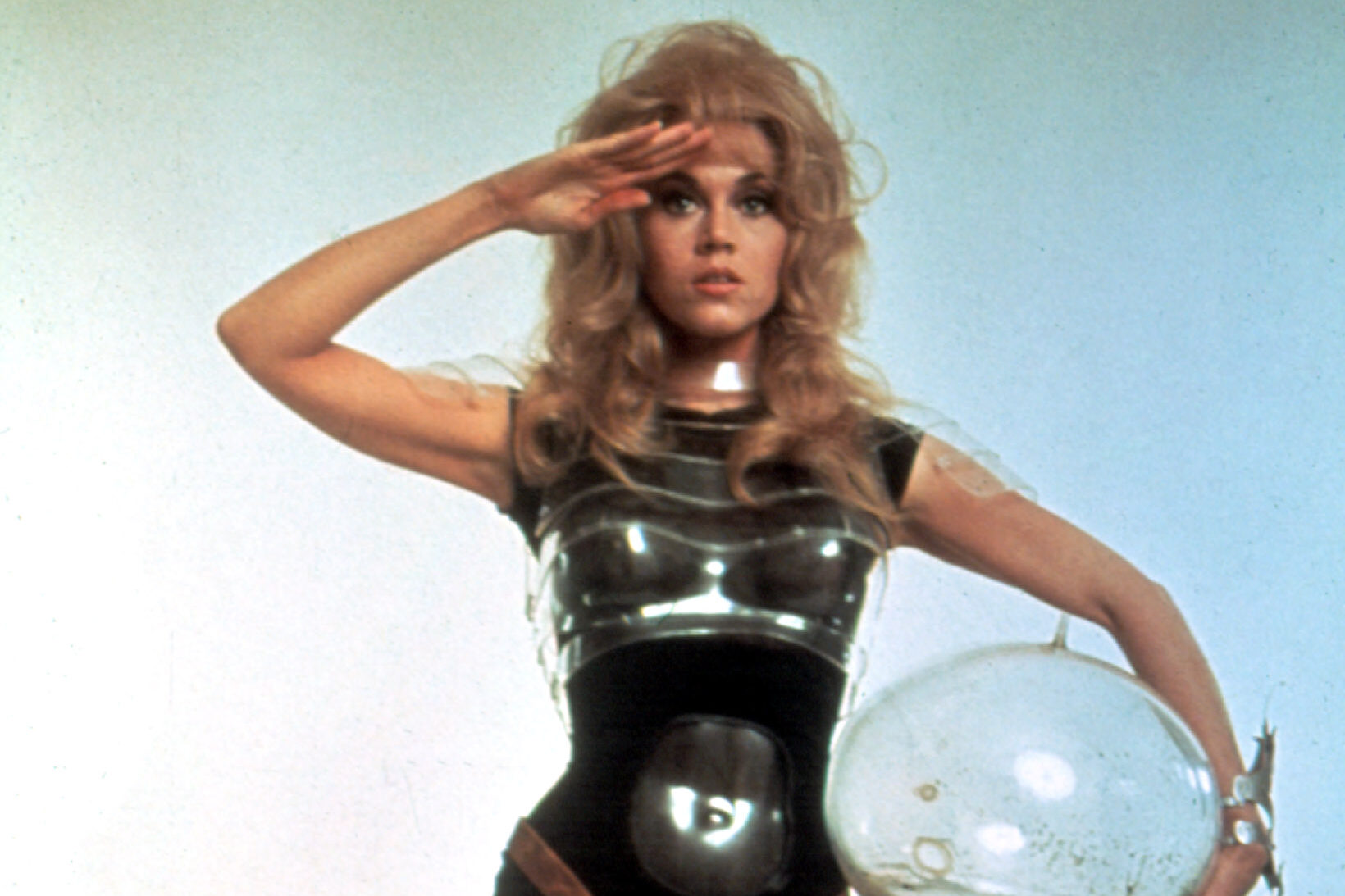
In the ’60s, designers like André Courrèges and Pierre Cardin turned to the cosmos for the inspiration, creating outfits that looked more suited to the moon than Earth. Think metallic fabrics, bold geometric patterns, and helmets that resembled astronaut gear. This trend coincided with the Space Race, capturing imaginations and influencing everything from daily wear to haute couture. While the looks were undeniably outlandish, they symbolized the optimism and futuristic dreams of the decade. Today, these designs feel more like a sci-fi movie wardrobe than practical fashion, but they were groundbreaking at the time. Source: Vogue
2. Paper Dresses
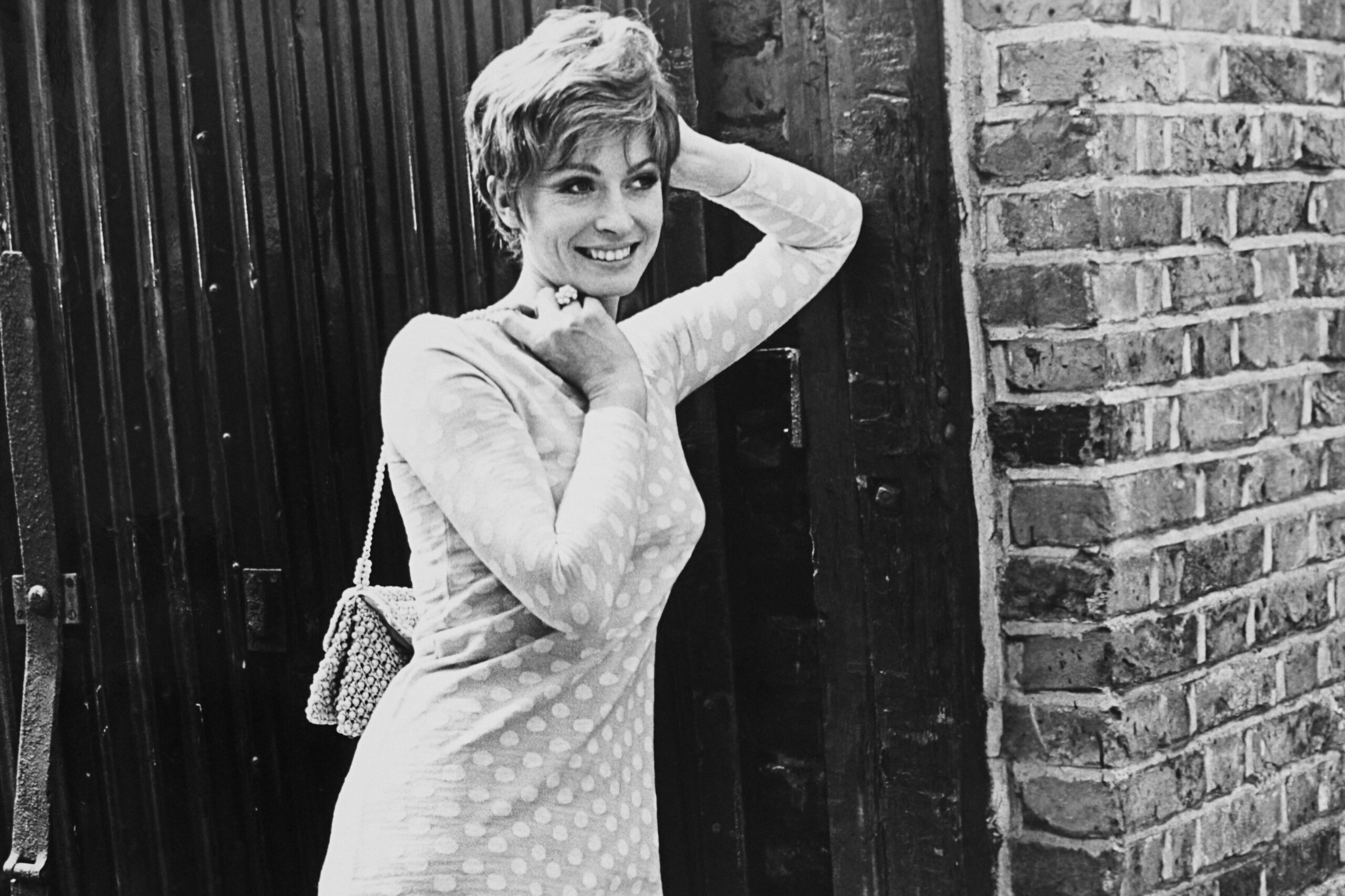
Yes, you read that right—dresses made out of paper. In the mid-’60s, disposable fashion became a thing, with companies like Scott Paper Company producing throwaway dresses. They were cheap, often brightly patterned, and surprisingly popular, although not very durable (one snag and you were in trouble). The appeal lay in their novelty and the freedom to experiment without commitment. Unsurprisingly, the trend didn’t last long, but it’s a fascinating snapshot of the decade’s willingness to embrace the unusual. Source: The Guardian
3. Go-Go Boots
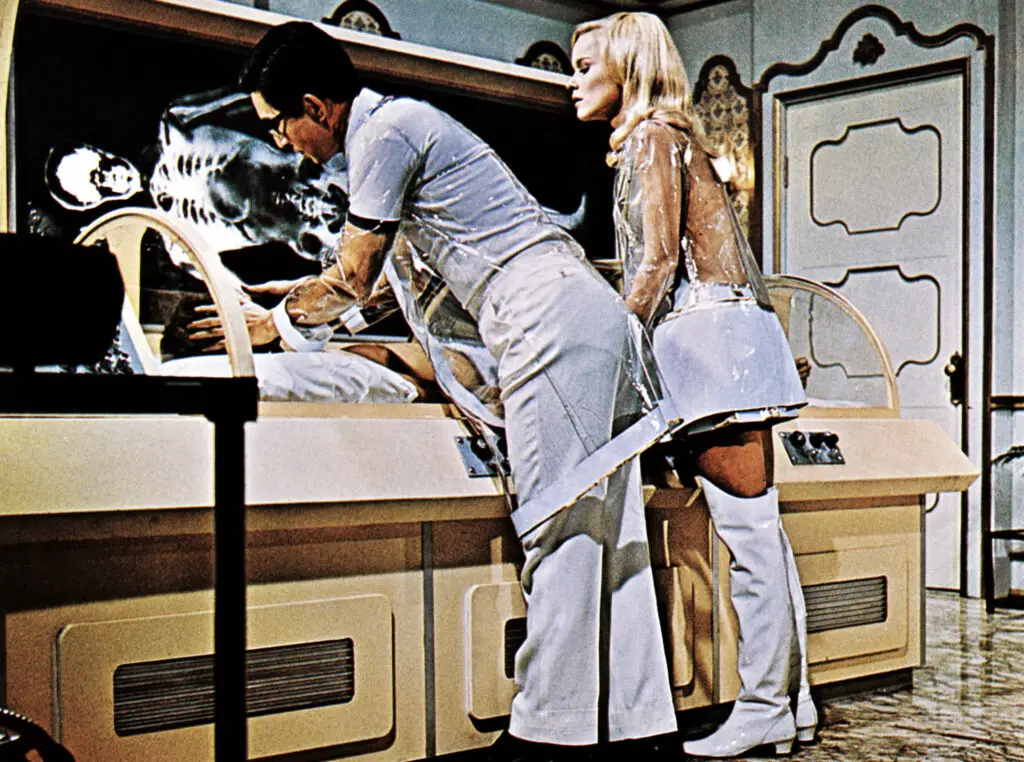
A staple of mod fashion, go-go boots were initially designed by André Courrèges and typically featured low heels and mid-calf lengths. They were often white and paired with mini skirts or shift dresses, creating an iconic ’60s look. What made them bizarre wasn’t their style but their ubiquity—everyone seemed to want a pair. The boots were futuristic yet oddly practical, capturing the essence of ’60s rebellion and innovation. Today, they’re a retro throwback but still carry that quirky charm.
4. Psychedelic Patterns

The ’60s were a kaleidoscope of color, and psychedelic patterns dominated fashion. Swirls, florals, and mind-bending motifs were everywhere, reflecting the influence of the counterculture and the rise of LSD. These patterns were often paired with equally loud colors, making for some seriously eye-popping outfits. They weren’t just about making a statement; they symbolized freedom, creativity, and a rejection of conformity. Still, it’s hard to imagine walking into a modern office sporting head-to-toe paisley. Source: History.com
5. Plastic Clothing
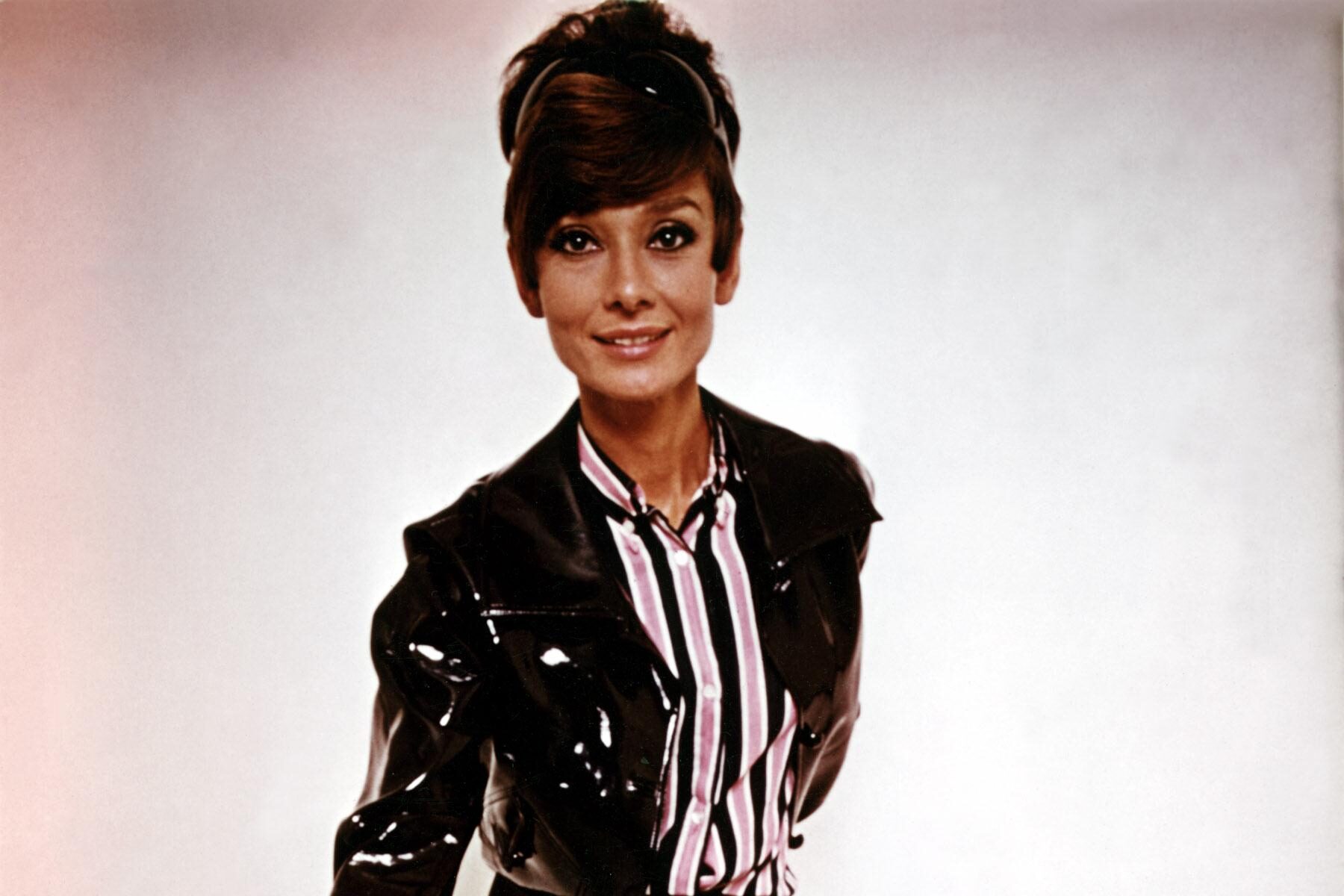
Plastic wasn’t just for raincoats in the ’60s—designers used it to craft dresses, skirts, and even suits. Shiny and transparent, these items screamed “mod” and “futuristic.” They weren’t the most comfortable or breathable options, but they were undeniably eye-catching. The plastic clothing trend was another nod to the Space Age and industrial innovation. Though impractical, these pieces remain a symbol of the decade’s experimental spirit.
6. Fringe Everything
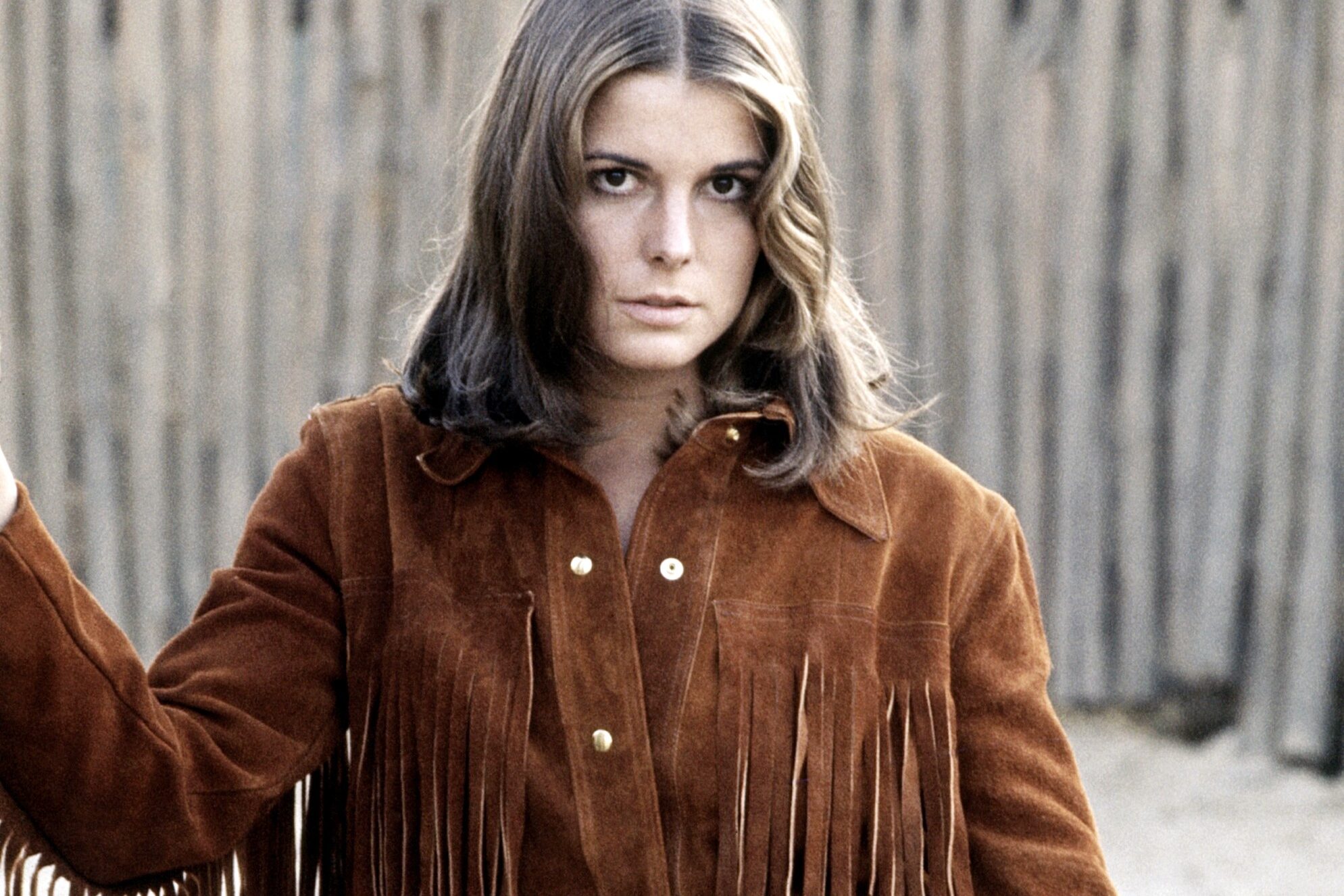
While fringe has popped in and out of fashion for decades, the ’60s took it to another level. From dresses to jackets to boots, fringe was a favorite embellishment, often inspired by the growing fascination with Native American and bohemian styles. The movement of the fringe added an element of whimsy and freedom, perfectly aligning with the era’s focus on self-expression. While fun, wearing fringe from head to toe could sometimes look like a costume gone wrong.
7. Nehru Jackets
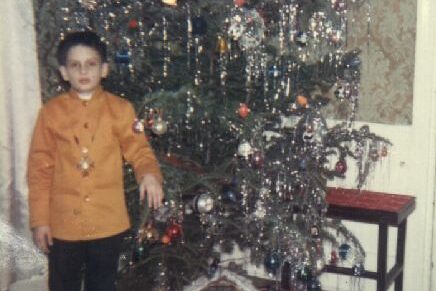
Named after India’s Prime Minister Jawaharlal Nehru, these jackets featured a mandarin collar and a streamlined, minimalist silhouette. They gained popularity in the late ’60s, thanks partly to The Beatles, who sported them during their spiritual journey to India. Though sleek and elegant, Nehru jackets were a bit too niche to become a wardrobe staple for everyone. Their unique cut made them stand out, but they were often paired with equally unconventional outfits, creating a truly eclectic look.
8. Mini Skirts
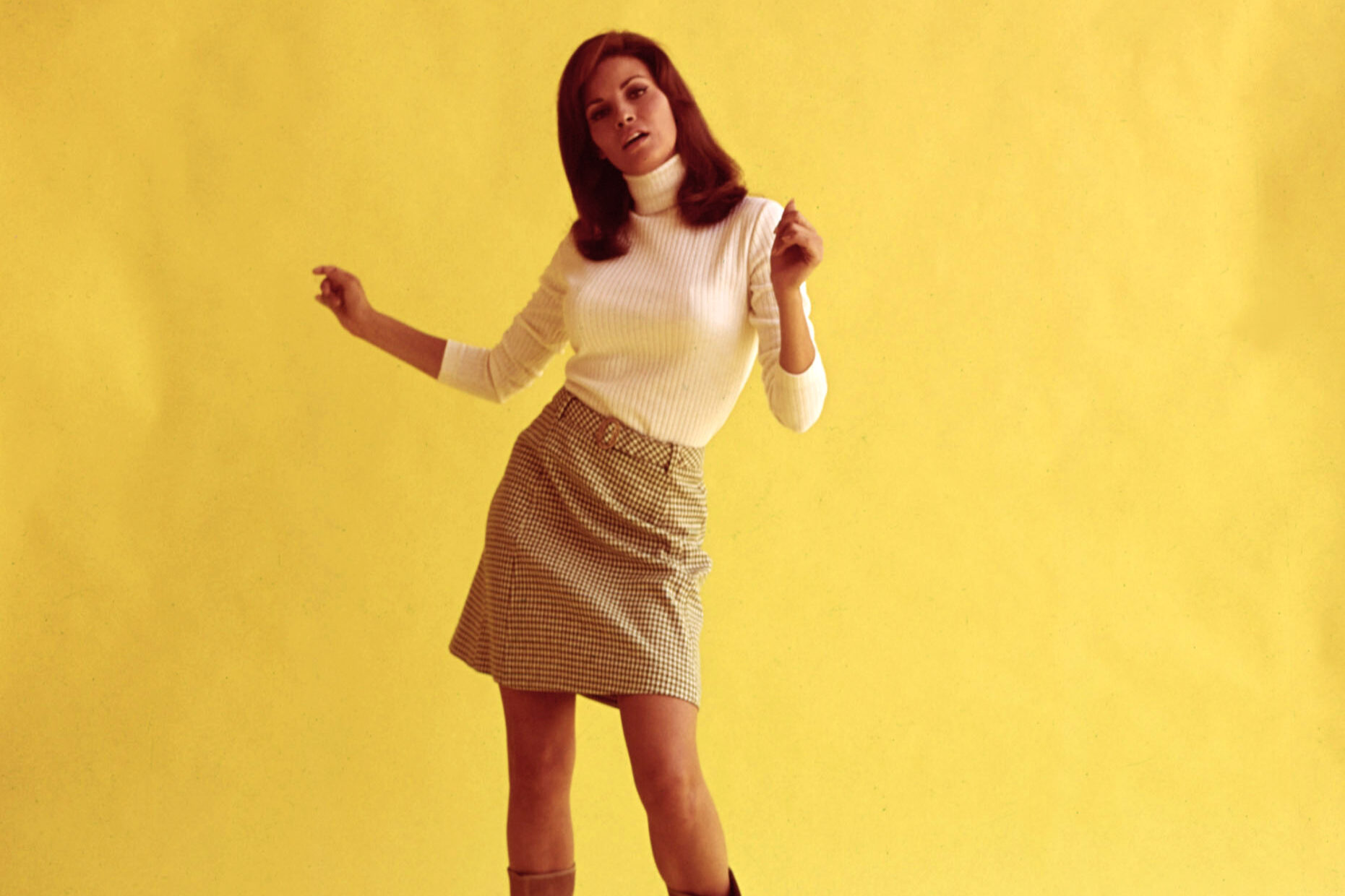
Mary Quant revolutionized fashion with the mini skirt, which became one of the most daring trends of the ’60s. Hemlines rose to unprecedented heights, shocking traditionalists and delighting younger generations. The mini skirt was more than a fashion statement; it was a symbol of liberation and rebellion. While commonplace today, its initial introduction was nothing short of revolutionary. Looking back, it’s hard to believe how controversial showing a little knee once was. Source: Britannica
9. Tie-Dye
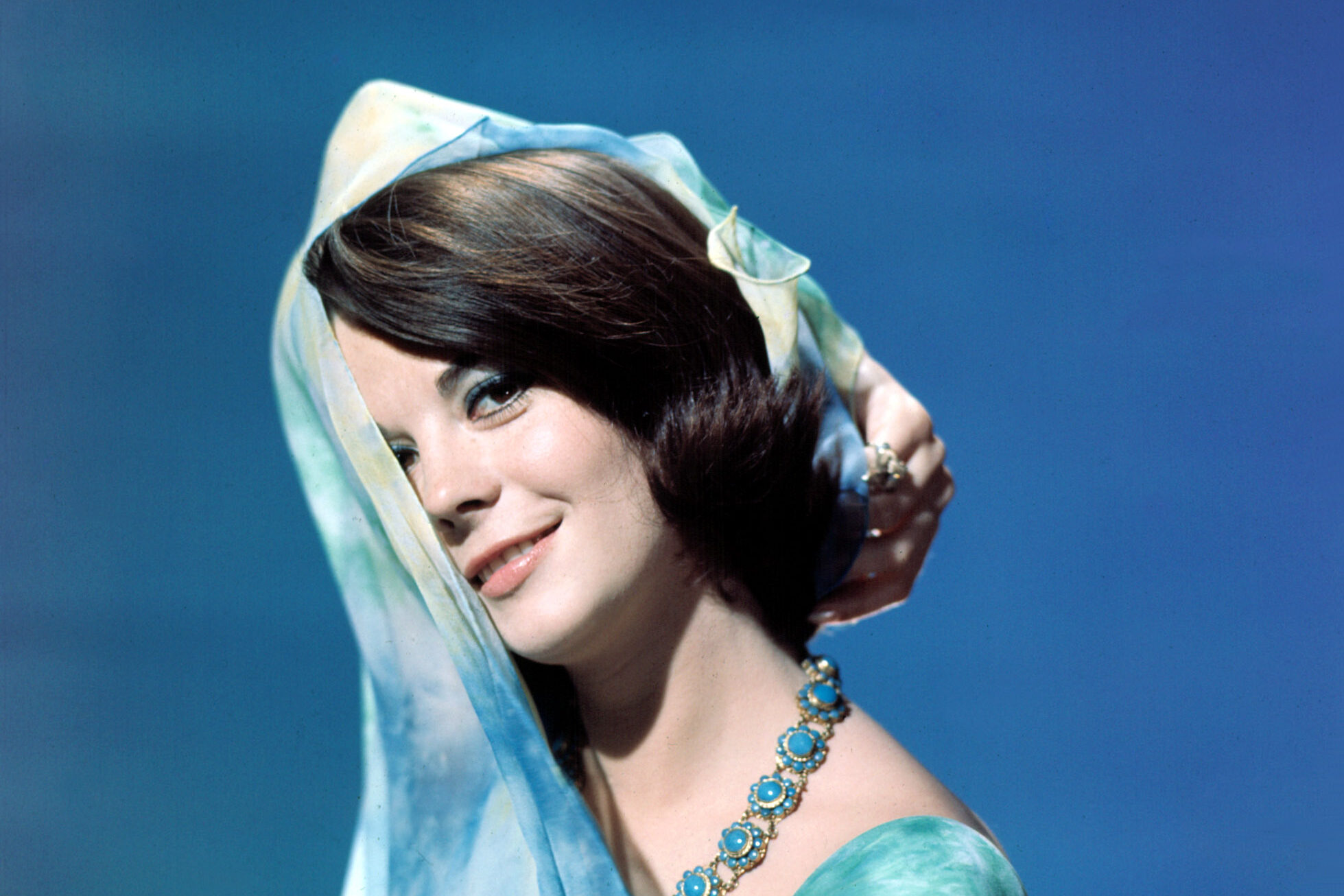
Tie-dye wasn’t just a craft project; it was a full-blown fashion statement in the ’60s. Associated with the hippie movement, tie-dye was all about vibrant colors and individuality. Each piece was unique, reflecting the wearer’s personality and rejecting mass-produced fashion. The DIY aspect added to its appeal, but it wasn’t for everyone—some saw it as too messy or juvenile. Even so, tie-dye remains a nostalgic nod to the ’60s and the ideals of peace and love.
10. Mod Suits
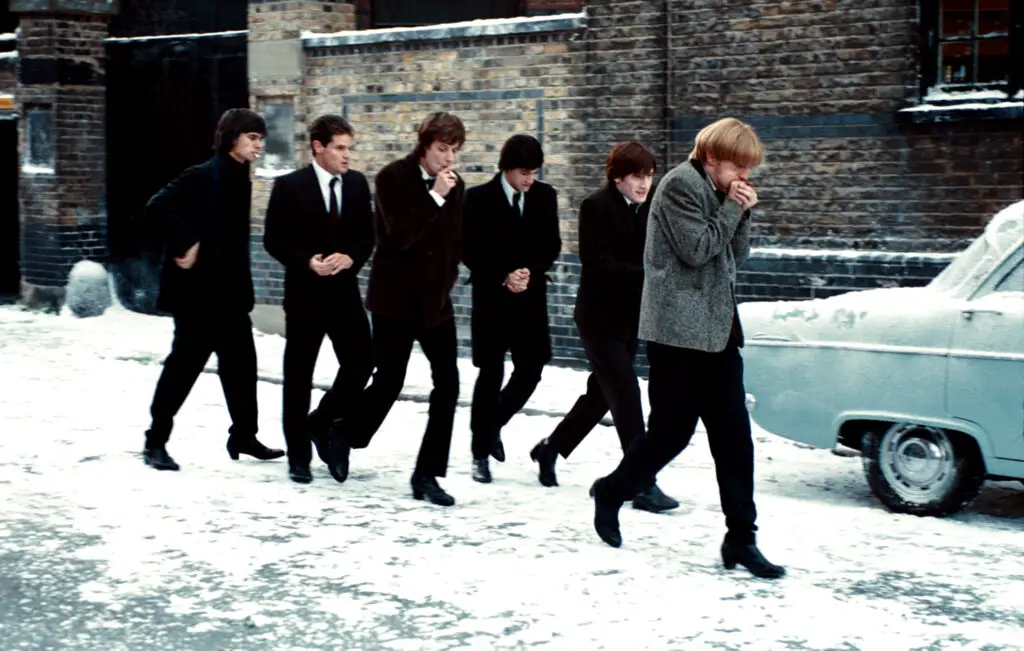
Men’s fashion in the ’60s wasn’t immune to eccentricity. The slim-fitting, colorful mod suits, often paired with skinny ties, were a sharp departure from the more conservative styles of previous decades. Popularized by bands like The Who and The Kinks, these suits featured bold colors and patterns that made a statement. They embodied the mod movement’s ethos of breaking free from the dullness of the past. Still, wearing a bright purple suit might raise some eyebrows today.
11. Oversized Sunglasses
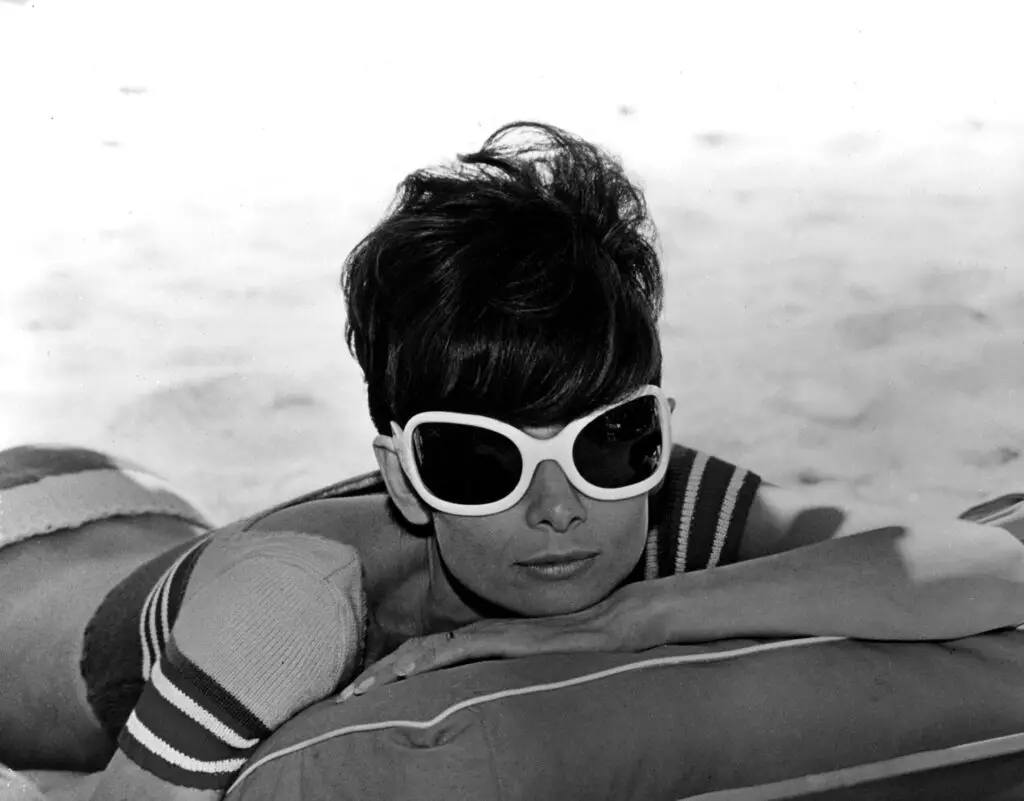
The ’60s saw the rise of oversized sunglasses, often with bold frames and tinted lenses. Jackie Kennedy and Audrey Hepburn helped popularize the trend, making these accessories a must-have. While chic, some designs bordered on the absurd, with frames so large they seemed to dwarf the wearer’s face. Despite their exaggerated look, they added a touch of glamour and mystery. Oversized sunglasses have since become a timeless fashion staple, though today’s styles are often more subdued.
12. Patterned Tights
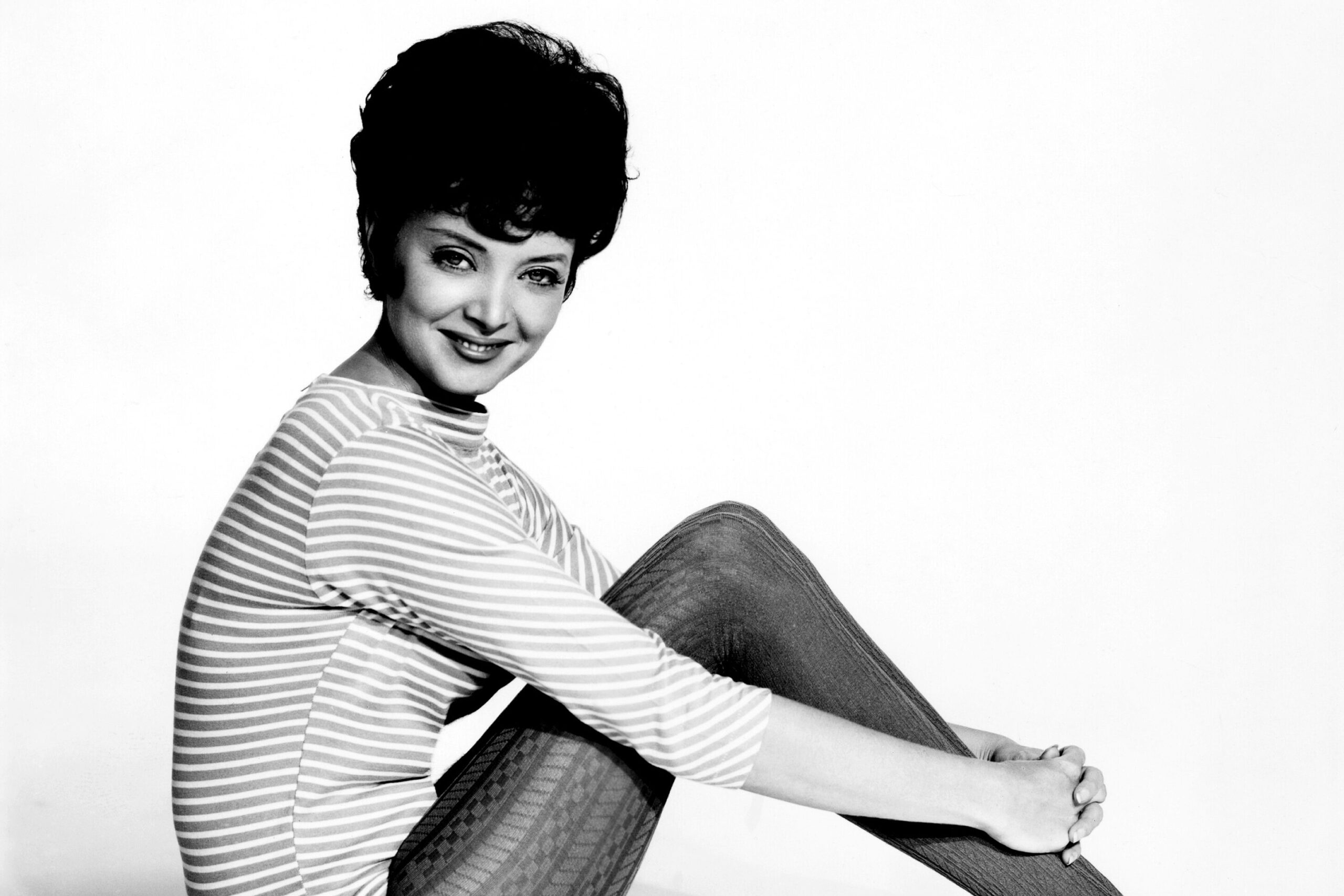
Forget plain hosiery; the ’60s were all about patterned tights. From polka dots to stripes to florals, these tights turned legs into works of art. Paired with mini skirts or shift dresses, they added a playful, eye-catching element to outfits. While fun, some patterns could veer into cartoonish territory, making them a bold choice even for the daring. Patterned tights were a reflection of the decade’s anything-goes approach to fashion.
